No More Heroes 2: Desperate Struggle (Switch) Review
STREAMLINING THE ACTION
Continuing my exploration of the No More Heroes franchise, I recently finished Desperate Struggle. As mentioned in my prior review, I had no experience with these games until they arrived on the Nintendo Switch so any blemishes with the original release are outside of my consideration of these games. No More Heroes 2: Desperate Struggle is a direct sequel, seemingly building upon the major critiques of the first game but it does seem to lose some of the visual elements that made the first game so notable. Did seeing the next chapter in this story further excite me for the anticipated No More Heroes 3 or am I ready to leave this franchise in the dust while driving into the sunset?
Three years after the events of No More Heroes, Travis Touchdown returns to Santa Destroy only to find a corporate takeover by the Pizza Bat company and a renewed assassin’s leaderboard being run once again by the United Assassins Association. Shortly after a fight against the brother of a previously murdered assassin, Travis’s apparent best friend, Bishop, is killed, setting off another tirade of violence. This time, Travis finds himself climbing through even more assassins, facing constant, familiar beratement from the lustful Sylvia Christel.
Combat and weapon design feels stronger in No More Heroes 2.
From the outset, it’s clear that Desperate Struggle uses a slightly different art style than the first game. While I think the character models are more interesting this time around, I do miss the more cel-shaded approach of the previous entry. The game’s camera is also closer to the character but there are appropriate zoom outs for certain powers and attacks. Gameplay still revolves around a fairly simple hack-and-slash set of actions but I found the weapons to be more interesting this time around. The combat can be exploited pretty easily with the dual-swords, at least on the normal difficulty, but the tedium is in the combat this time and not with the abundance of boring jobs forced upon the player.
The biggest improvement between these two games is that in Desperate Struggle, players can just zip to shops, jobs, and ranked fights from a list. The jobs this time are mostly cute 8-bit arcade-style mini-games that can be played for extra cash. That cash can be spent on weapons, stat increases, or new outfits. There was still a moment where I had to grind out cash for a weapon (I just played the driving one over and over since it was the easiest for me) but there were almost eight hours of fat trimmed from the adventure when compared to the time I spent in the other game. I do wish more money would’ve been distributed for ranked fights but the general flow of the game’s events was much better.
Some of the scenes and character introductions could have used more continuity as there are some weird cuts and assumptions made but it’s as entertaining as ever to see what crazy assassin lies ahead.
There are not nearly as many stellar camera shots but there are some great compositions during gameplay and in the cutscenes.
Unfortunately, some of these boss fights and levels are surprisingly tedious. A few bosses will frequently run away from the player or use cheap tactics to stun-lock Travis. Some of these fights had me shouting at my screen, just because the situations felt unfair and out of my control. There was one level in particular that wraps around a large warehouse but one missed jump can result in several minutes of making one’s way back to the right path. Another fight involved a long-distance barrage on top of an annoying, high-pitched whistling sound.
Thankfully, there are some really exciting moments to shake up the gameplay. One early moment involves a mecha battle with several scenes and angles that clearly reference classic anime. There are also two additional characters to play as, Shinobu and Henry. Honestly, I would play a whole game with Shinobu, she has an incredible design, and her journey of being spared and continuing to hone her skills is an interesting story worth elaborating on. Unfortunately, she has this obsession with Travis, who she calls Master. In a surprising character move though, Travis rejects her romantic advances.
Shinobu is one of the coolest characters so far in the series.
Travis’s character is more animated and nuanced this time around but I still don’t much care for the guy. He spends most of the game awkwardly pining after Sylvia which somehow results in this strange relationship between the two of them. Sexuality in general is a bigger part of Desperate Struggle than the first No More Heroes, meaning skimpier outfits and more luring, especially during the frame narrative segments where Sylvia talks from the other side of a glass pane. It does seem like Travis wants to take the moral high ground in some battles as he often laments having to kill his opponents or actively tries to stop the organization from burning evidence but this story still lacks the character growth I’m hoping to see. Overall though, we do get more characters than before and the story is more entertaining this time around so if anything the game makes for a fun weekend.
I did enjoy Desperate Struggle more as a game than the first No More Heroes. Some of the weapons and scenes had me busting a gut in laughter and I was genuinely excited to play as Shinobu, even if only for a while. The music this time was not nearly as unique but when the themes started to trickle in, I couldn’t help but smile. These games are messy but there’s a dumb fun to them that I’m steadily becoming more and more of a fan of.
I’m still not sure why Travis can transform into an invincible tiger but it is fun.
Performance on Switch for No More Heroes 2: Desperate Struggle was good. I didn’t run into many framerate issues at all and the gameplay felt fast and crunchy. I’m still not a huge fan of the combat systems at play but slicing bad guys in half with a beam sword followed by a spray of blood makes up for it. There might be an explanation or a method to the random power-ups but I never could quite figure it out and I didn’t want to look up a speedrunner’s potential trick to it.
My curiosity about this world and where this story is going will likely push me into playing Travis Strikes Again, a spin-off title that celebrates indie games. I’ve heard this next game is even more repetitive than the worst moments of these other games but I have to see what absurdities await so that I’m nice and prepared for No More Heroes 3.
As messy as it is, I still want to see where Travis ends up.
Before the Switch ports of these games, I didn’t have much interest in No More Heroes 3 or the franchise at all but now I’m eager to see where Travis Touchdown ends up. I think that ultimately, this was the goal of these ports, refamiliarize players and create new fans on a platform of convenience and by having the whole series in one place. For that reason and the general performance of these ports, I think that No More Heroes on Switch is a victory for Grasshopper Manufacture and Marvelous.
SCORES
GAMEPLAY - 7/10
VISUALS - 8/10
SOUND - 7/10
CONTROLS - 8/10
REPLAY VALUE - 7/10
OVERALL - 7.4/10
More information about No More Heroes 2: Desperate Struggle can be found on the official listing. A digital Switch copy was provided for the purpose of review. Screenshots were taken through native Switch features.
For my take on the first game, read my review of No More Heroes on Switch. For more hack-and-slash action, check out my thoughts on Hyrule Warriors: Age of Calamity. For a similar type of humor, read my review of Prinny 1-2 Exploded and Reloaded.
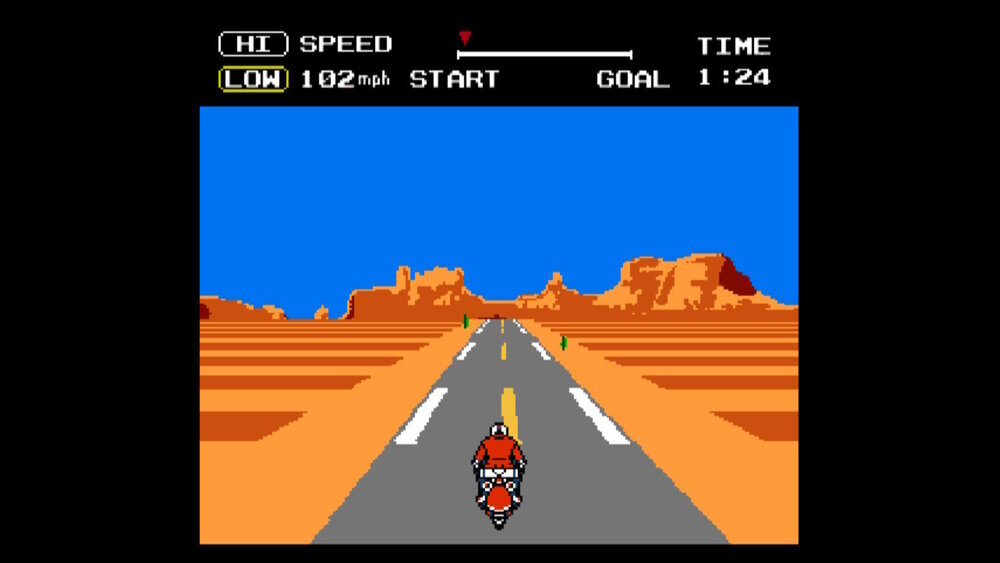

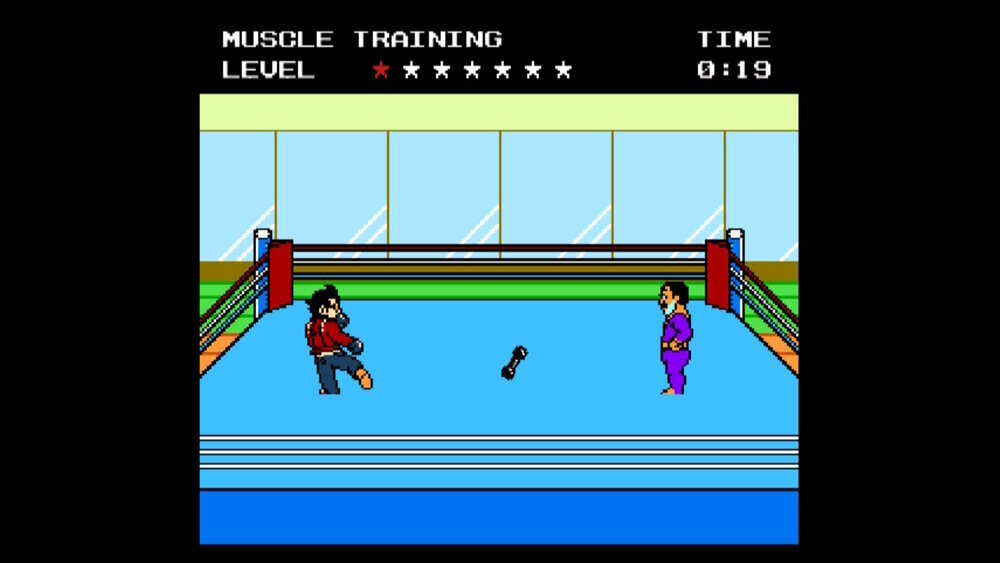
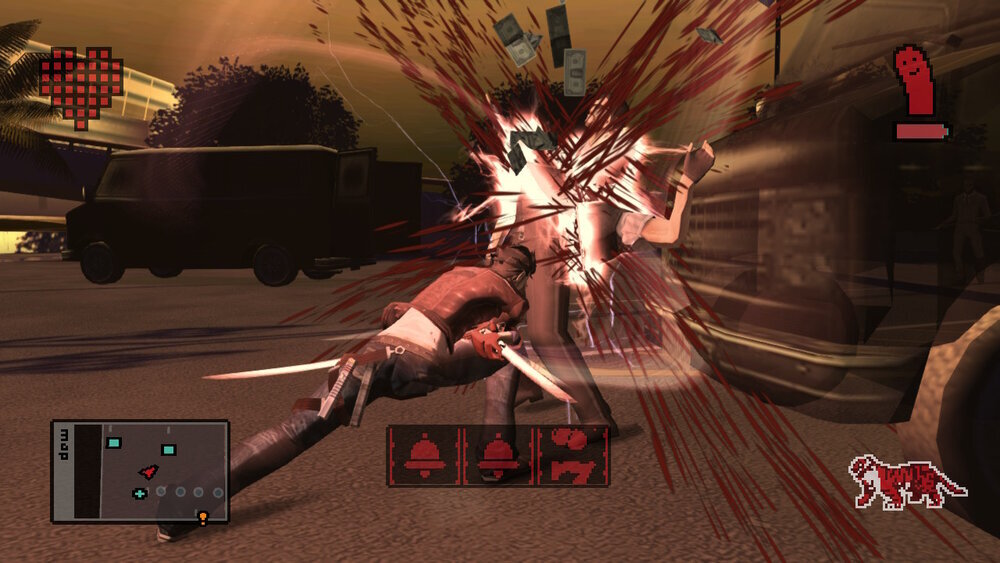

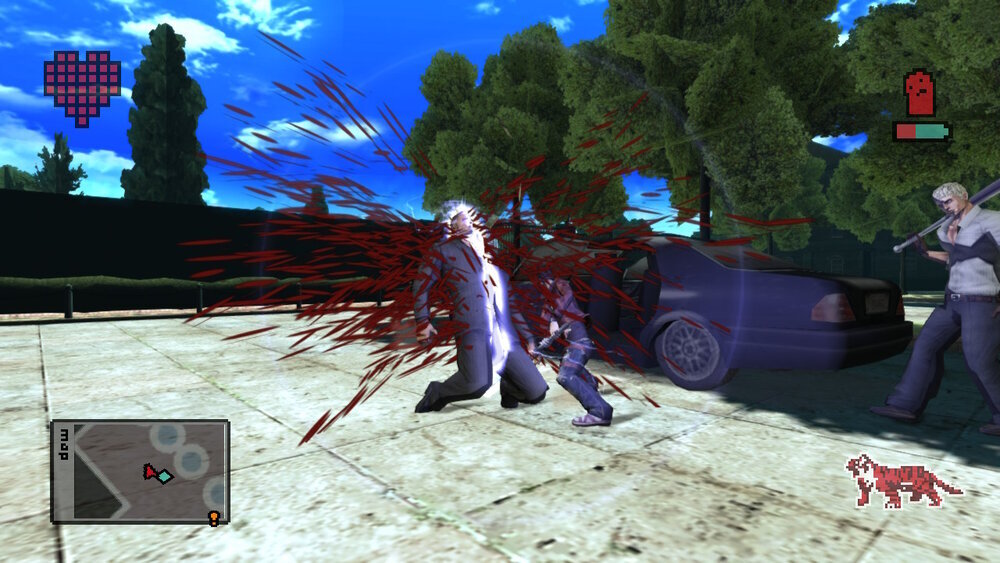
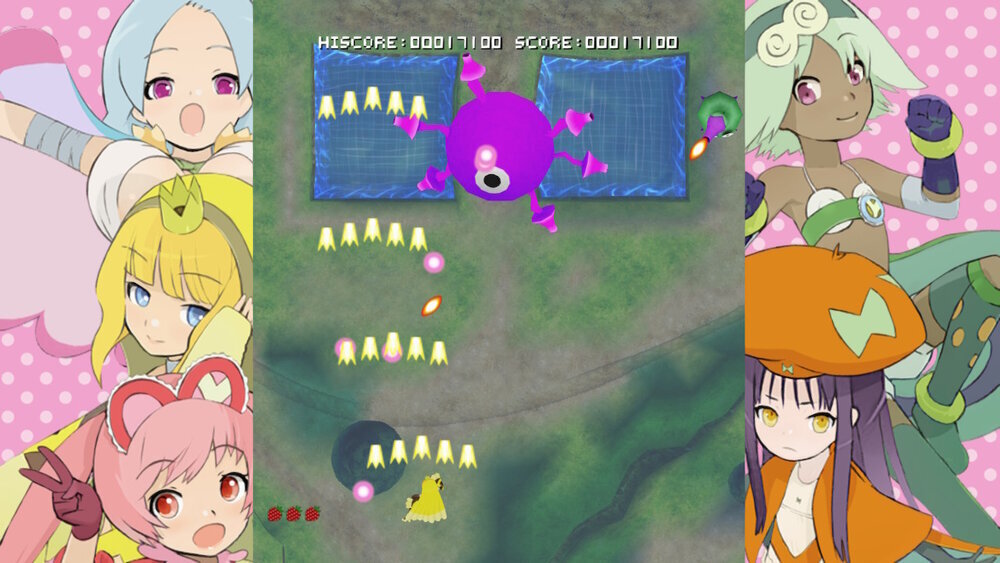
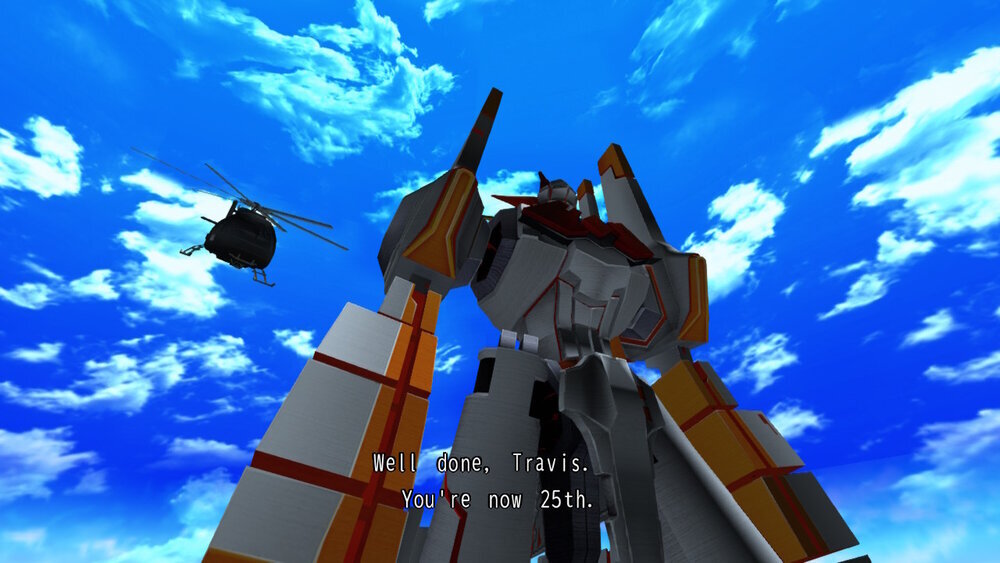
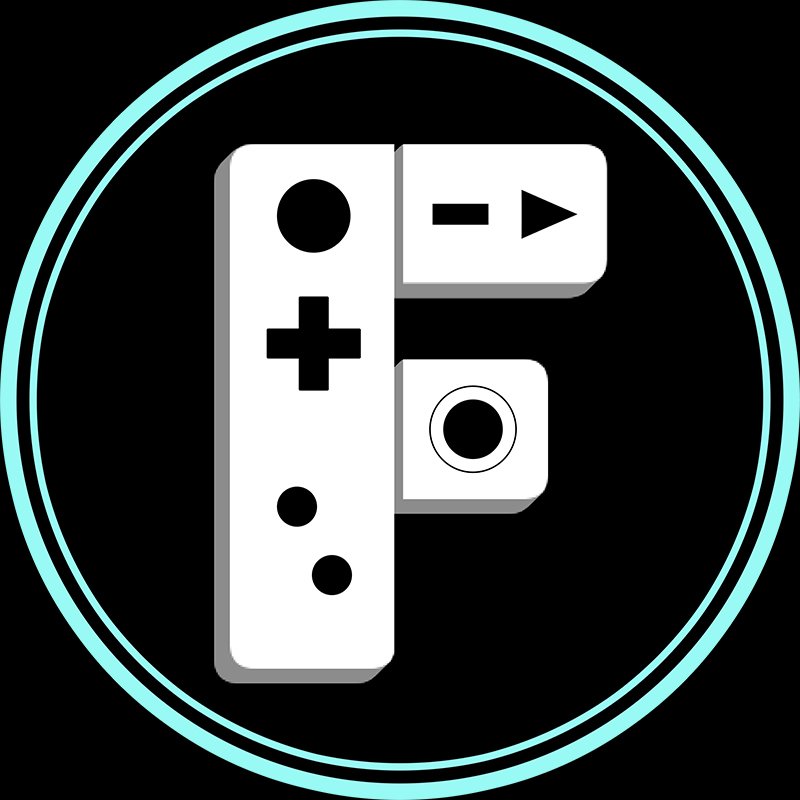






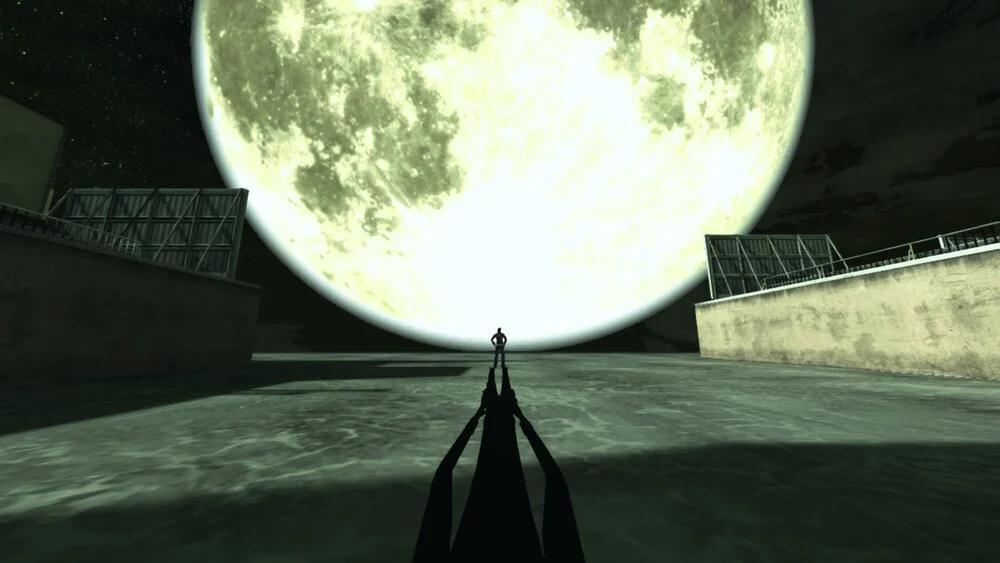

On a path that will ultimately result in his own destruction, James Savage takes on his vampiric ex-girlfriend Draculae in El Paso Elsewhere, a moody neo-noir action shooter from Strange Scaffold.